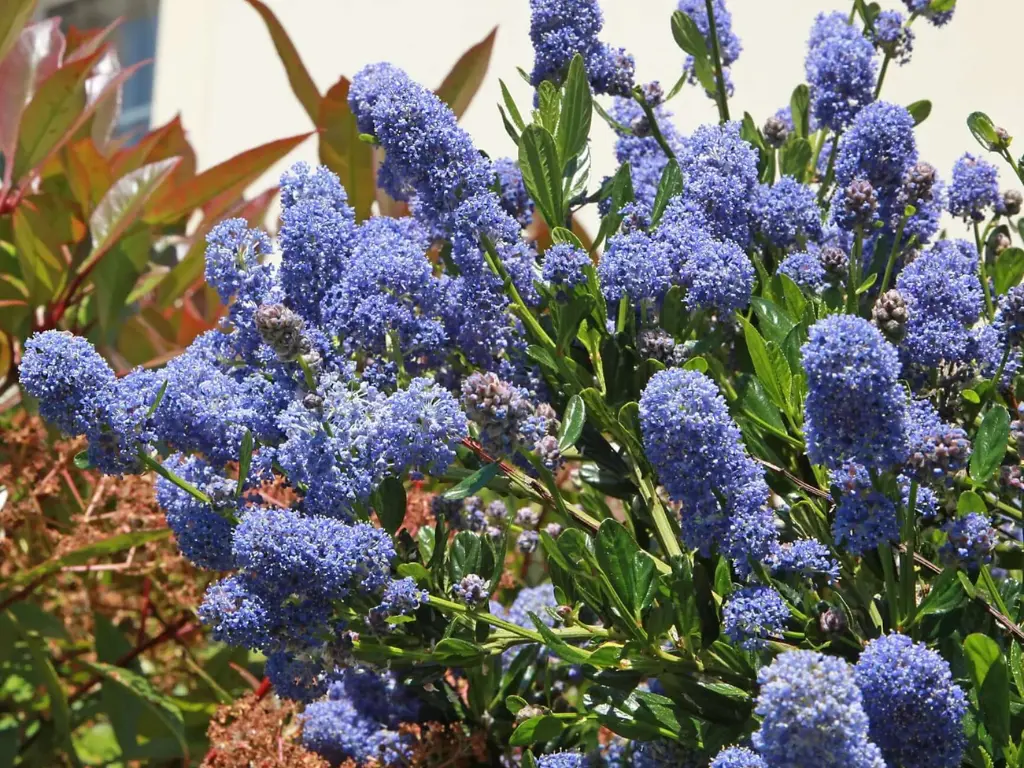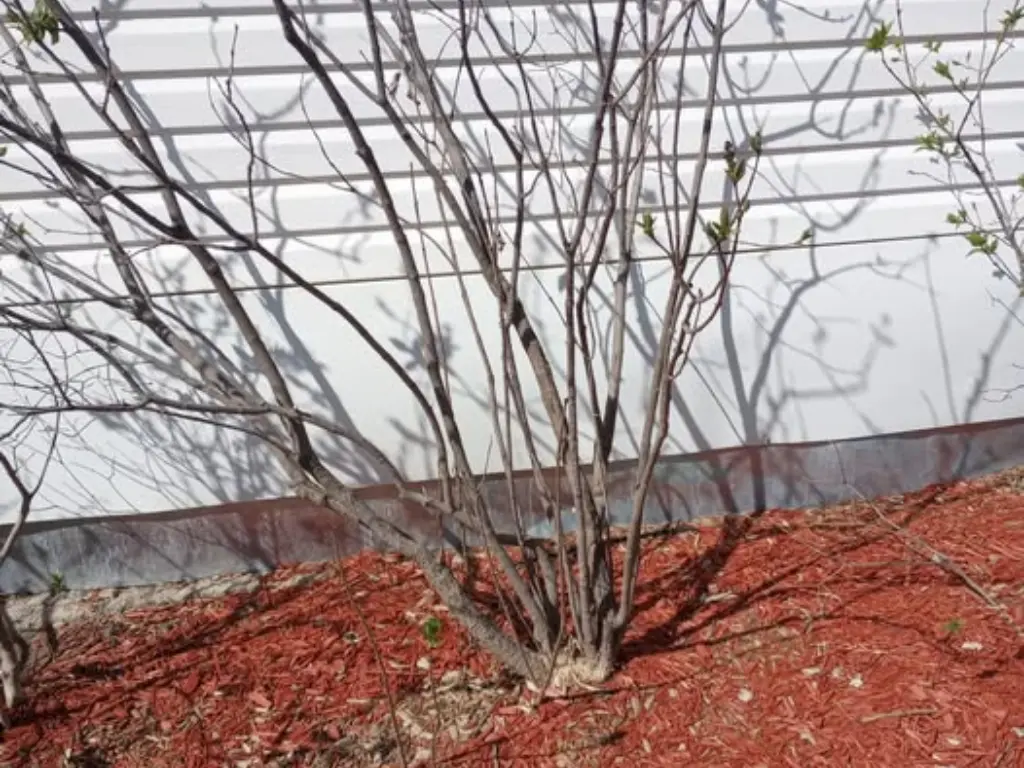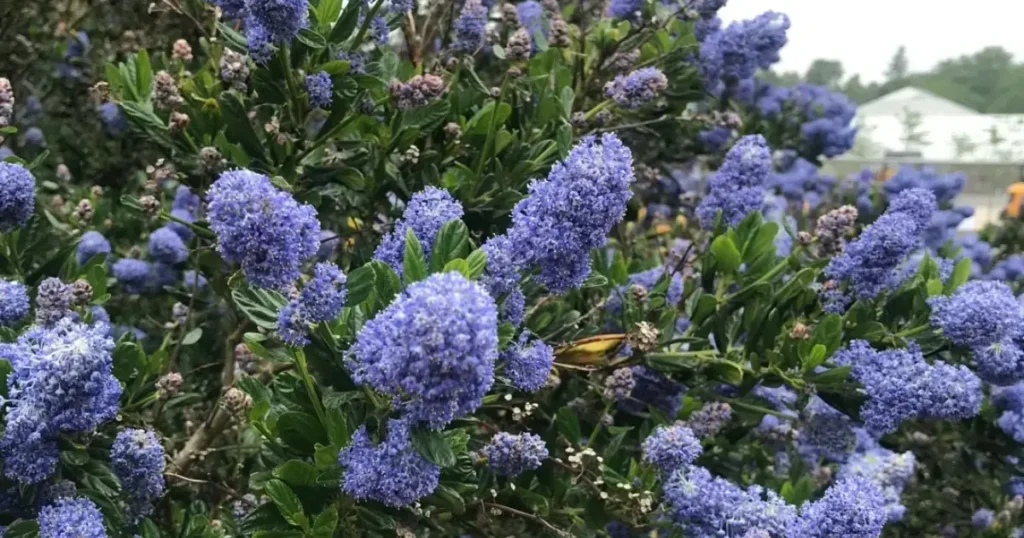Guides
Pruning California Lilacs: When and How to Do It Right
California lilacs, or Ceanothus, are among the most rewarding native shrubs you can grow. With their cascading clusters of vivid blue, violet, or white flowers and their ability to thrive in dry, sunny conditions, they bring color, scent, and life to any landscape. But like many vigorous growers, they need occasional shaping to stay healthy and look their best.
If your Ceanothus has become leggy, scraggly, or sparse on blooms, a little pruning may be just what it needs to return to full glory. And no, pruning these beauties doesn’t have to be intimidating. With a few simple guidelines, you can transform a wild shrub into a tidy, flower-laden showstopper.
Let’s walk through the when, why, and how of pruning California lilacs, step by step.
Why Pruning California Lilacs Matters More Than You Think

California lilacs are known for their toughness, but that doesn’t mean they can fend entirely for themselves. Over time, these shrubs can develop woody, unproductive branches that sap energy away from flower production. They can also outgrow their space, become crowded or overgrown, or simply lose their graceful natural shape.
If you’re just getting started with these beautiful natives or want to learn more about how to grow and care for them beyond pruning, check out our full California Lilac Growing Guide. It covers everything from planting tips to soil preferences and more.
Pruning helps in several key ways. First, it encourages the plant to produce fresh, green shoots that support abundant flowering. It also keeps the plant looking tidy, prevents it from taking over walkways or garden beds, and improves airflow through the branches, reducing the risk of mildew or pests. In short, thoughtful pruning can extend the lifespan and vibrancy of your plant by years.
Know Your Lilac: Evergreen vs. Deciduous Ceanothus
Not all California lilacs are created equal. Before you begin pruning, it’s important to understand which type of Ceanothus you’re growing. This will help you choose the right technique and avoid pruning at the wrong time.
-
Evergreen varieties like ‘Ray Hartman’, ‘Concha’, and ‘Yankee Point’ keep their leaves year-round and bloom in early spring. These are the most commonly grown types in residential gardens and have a dense, shrubby habit.
-
Deciduous types, such as Ceanothus americanus, drop their leaves in winter and tend to bloom later in spring or even summer. They’re less common in ornamental settings but still show up in native plantings or habitat gardens.
For evergreen varieties, you’ll want to prune right after flowering. For deciduous types, pruning is best done in early spring before new growth begins.
When Is the Best Time to Prune California Lilacs?
Timing is crucial when it comes to pruning Ceanothus. Prune too early, and you may remove flower buds that haven’t bloomed yet. Prune too late, and you risk triggering tender new growth that could be damaged by cold or late-season stress.
The golden window for pruning evergreen Ceanothus is immediately after the plant finishes blooming. This usually happens in late spring, around April or May, depending on your climate. At this point, the plant has just invested energy into flowering, and a trim will encourage it to refocus that energy on new vegetative growth.
Avoid pruning during late summer or fall, when the plant is preparing to go dormant. Pruning in winter can also lead to frost damage and stunted growth.
If you’re unsure whether your plant has finished flowering, wait until the blooms begin to fade or dry out. That’s your signal that the time is right.
How to Prune California Lilacs

What you do need is a little patience, a sharp pair of pruning shears, and a sense of your plant’s natural shape.
Here’s a simple, stress-free approach:
Step 1: Assess the Plant
Before you make a single cut, take a step back and look at the overall form of the shrub. Notice where it’s too dense, where it’s gotten leggy, or where dead branches are interrupting the plant’s flow. Identifying these areas ahead of time will make pruning more purposeful.
Step 2: Remove the Dead and Damaged Wood
Start by cutting away any obviously dead, dry, or broken branches. These often appear gray, brittle, or hollow. Make your cuts back to a healthy bud or main stem, ideally at a slight angle to allow moisture to drain off easily.
Step 3: Thin Out the Interior
Airflow is important for disease prevention, especially in dense shrubs. Identify any interior branches that are crowding or crossing each other. Remove them to open up the center of the plant and allow sunlight and air to reach more leaves.
Step 4: Shape the Outer Growth
Trim back any overly long or awkward branches that are sticking out beyond the desired shape of the shrub. Don’t remove more than about one-third of the plant in a single pruning session. The goal is not to sculpt it into a perfect ball but to lightly shape it while preserving its natural habit.
Step 5: Step Back Often
After every few cuts, take a step back and reassess. This helps you stay on track and avoid over-pruning. It’s easier to take more off than to put it back on later.
What to Do After Pruning
Once you’ve finished pruning, your lilac may look a little sparse—but don’t worry. It will soon bounce back with vigorous new growth. To help it recover and thrive:
-
Give the plant a good soak if the soil is dry, but avoid waterlogging.
-
Skip the fertilizer. Ceanothus typically thrives in lean, well-drained soils and may respond negatively to rich feeding.
-
Apply a light layer of mulch around the base of the plant to retain moisture and suppress weeds. Keep mulch a few inches away from the trunk to prevent rot.
-
Monitor the plant for the next few weeks, especially if hot weather is on the horizon. A little care now will set it up for a strong season of growth.
Common Pitfalls and How to Avoid Them

Even the most seasoned gardeners have made pruning mistakes. Here are a few to steer clear of:
Pruning too late in the season can accidentally remove next year’s flower buds. If you’re ever in doubt, wait until just after bloom time and prune then.
Over-pruning can weaken the plant, especially if you remove more than a third of its total growth. Ceanothus doesn’t regenerate well from old wood, so always leave some green growth.
Cutting into bare wood is a common misstep. California lilacs don’t sprout easily from older, leafless branches. If it looks like a thick, gray stick with no green buds, leave it alone.
Using dull or dirty tools increases the risk of disease. Always prune with sharp, disinfected shears to ensure clean cuts that heal quickly.
Frequently Asked Questions (FAQs)
Can I cut my California lilac all the way back to the ground?
That’s not recommended. Unlike some other shrubs, Ceanothus does not respond well to severe pruning. Cutting to the ground can kill the plant or prevent it from growing back properly.
What should I do if my shrub is getting bare at the bottom?
This is common with older plants. While you can’t always reverse it, light pruning to stimulate new growth and adding ground cover around the base can improve the overall look of the planting.
Do I have to prune every year?
Not necessarily. Some gardeners only prune their California lilacs every two to three years, while others do light shaping annually. Let the plant and its performance guide you.
I pruned last year and it didn’t bloom this spring. What went wrong?
Check your timing. If you pruned in late summer or fall, you may have removed the following year’s flower buds. Pruning right after bloom is your safest bet.
Final Thoughts
Pruning California lilacs doesn’t have to feel like a gamble. With a little timing, attention, and a light touch, you can keep these native shrubs full of life, structure, and those signature blooms that make them so beloved.
Whether you’re growing them along a fence, shaping them into a low hedge, or letting them spill over a dry garden slope, pruning helps them shine their brightest. So grab your shears, trust your instincts, and enjoy the rewarding rhythm of tending to your Ceanothus. Your garden and your lilac will thank you for it.
If you’d like help writing similar pieces for other plants or gardening topics, I’d be happy to assist. Just let me know what you’re growing next!
You may like:


Swedish Ivy Care: How to Grow a Healthy, Thriving Plant
Have you ever looked at your Swedish Ivy and wondered why the leaves are turning [...]
Nov
Avoid These 10 Garlic Planting Mistakes for Bigger, Healthier Bulbs
Growing garlic at home is one of the most satisfying things a gardener can do [...]
Nov
How to Prevent Christmas Cactus Bud Drop: Tips for a Healthy Bloom
Have you ever noticed your beautiful Christmas cactus (Schlumbergera) starting to lose its buds just [...]
Nov
Discover 7 Stunning Types of Night-Blooming Cereus
Have you ever waited for a flower that only opens at night and then disappears [...]
Nov
How to Propagate Comfrey from Root Cuttings: Easy Guide for Beginners
If you’re looking to grow your own healthy comfrey plants without spending too much, propagating [...]
Nov
10 Best Christmas Plants to Gift This Holiday Season
The holiday season is finally upon us, and if you’re searching for the perfect gift [...]
Oct